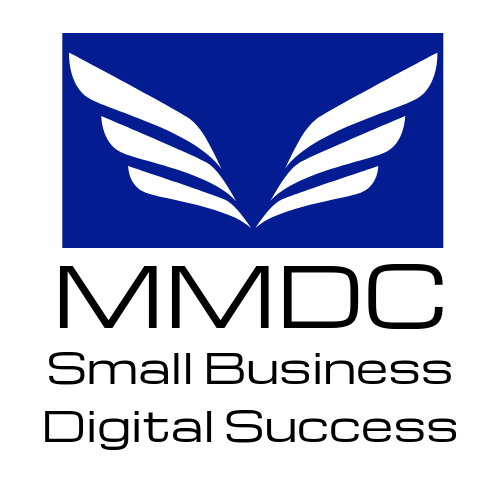The Future of Search: Answer Engine Optimization (AEO) and Generative Engine Optimization (GEO)
Diving Into Content Strategies For AI-Driven Search And Generative Platforms

Not long ago, ranking on the first page of Google meant your content was likely to be seen. But with the rise of answer engines like Google’s AI Overview, Bing Chat, and generative AI platforms such as ChatGPT and Perplexity, the way people discover and interact with content has changed dramatically.
Instead of serving lists of blue links, these systems summarize answers, pulling directly from web content and displaying them in conversational, AI-generated responses. This shift has given rise to two essential new strategies for digital marketers: Answer Engine Optimization (AEO) and Generative Engine Optimization (GEO).
What is Answer Engine Optimization (AEO)?
AEO focuses on making your content easily understood and surfaceable by AI-driven search engines that provide direct answers. It builds on traditional SEO, emphasizing structured, clear, and concise content that can be extracted into answer boxes, snippets, or AI summaries.
Key AEO Best Practices:
- Use FAQ-style content to answer common customer questions directly
- Optimize for featured snippets by formatting answers clearly in bullet points or short paragraphs
- Ensure your site structure uses schema markup so search engines can parse information effectively.
- Write with clarity and authority, as AI-driven engines prioritize trustworthiness and direct answers.
By embracing AEO, businesses increase the likelihood that their content will be the source chosen by search engines to deliver answers to user queries.
What is Generative Engine Optimization (GEO)?
While AEO focuses on being discoverable in answer boxes, Generative Engine Optimization (GEO) is about making your content visible within AI-generated summaries and conversations. As more users turn to tools like ChatGPT, Claude, or Gemini to research and shop, brands need to optimize content so these platforms select and cite it.
Key GEO Best Practices:
- Create in-depth, authoritative content that demonstrates expertise (aligning with Google’s E-E-A-T principles: Experience, Expertise, Authoritativeness, Trustworthiness).
- Use natural language that aligns with how people ask questions conversationally.
- Cover topics comprehensively to increase the chance of your site being used as a primary source for AI responses.
- Build brand credibility and backlinks, as generative engines often prioritize authority when deciding which sources to reference.
GEO ensures your business is part of the conversation in generative AI platforms - where search traffic is quickly moving.
AEO + GEO: A Dual Strategy for Success
The future of content visibility won’t be won by choosing one strategy over the other. Instead, businesses should integrate both AEO and GEO into their digital marketing playbook.
- AEO ensures you show up in direct answers and AI summaries when users ask search engines straightforward questions.
- GEO ensures your brand is cited as a trusted source in longer, generative AI outputs that provide context, insights, and recommendations.
Together, they allow businesses to stay ahead of the curve and maximize their visibility across the next generation of search and discovery platforms.
Why Businesses Can’t Afford to Wait
Ignoring AEO and GEO means risking invisibility in the evolving digital landscape. Customers are no longer just browsing links; they’re expecting instant, reliable, and conversational answers. Businesses that adopt today will:
- Capture higher-quality traffic
- Establish brand authority in their industry
- Build long-term trust with consumers who turn to AI-driven engines for advice and recommendations
By optimizing for AEO and GEO, companies ensure their content isn’t just published - it’s positioned to be found, cited, and trusted in 2025 and beyond.
Search is no longer about ranking first - it’s about being the chosen answer. With Answer Engine Optimization and Generative Engine Optimization, businesses can future-proof their content strategies and maintain visibility in an increasingly AI-driven digital world.












